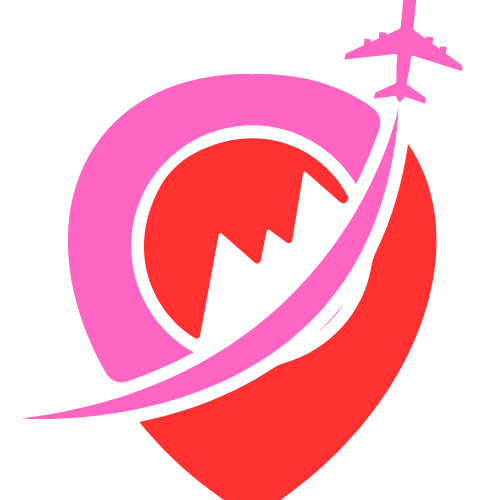A compact, completely automatic machine called an ambulatory blood pressure monitor can record blood pressure for up to 24 hours. Ambulatory blood pressure monitors can provide a number of clinical details, including a calculation of mean blood pressure, diurnal blood pressure, and blood pressure variability. Most patients prefer arm monitoring devices because they are the most accurate at measuring blood pressure in the brachial artery. Young, old, and pregnant patients have all exploited the accuracy of ambulatory blood pressure monitoring systems.
The market worth of ambulatory blood pressure monitoring devices in 2021 was USD 110.46 million and it will be worth USD 202.57 million by 2030, growing at a 6.97% CAGR during the forecast period.
The market worth of ambulatory blood pressure monitoring devices is expanding as a result of rising demand for homecare treatments and continuous blood pressure monitoring to diagnose hypertension.
Market Dynamics
Drivers
Rapid medical device technical improvements, an increase in the number of patients with hypertension and related conditions, and the need for sophisticated blood monitoring devices from hospitals and clinics are some of the key drivers accelerating the global market’s expansion.
To make it easier for consumers to accept cutting-edge technology, the government is investing heavily in the improvement of the current infrastructure. In order to expand their consumer base and diversify their product offerings, big payers are also leaning toward the development of novel items.
Restraints
The main factor impeding the market’s growth is the lack of payment to patients for using ambulatory devices until masked hypertension, or white coat hypertension, is suspected.
Opportunity
The Oscar 2 Ambulatory Blood Pressure Monitoring device has become extremely popular for correctly measuring patients’ blood pressure and is expected to have significant growth in the next years. Additionally, sales of the Omron Ambulatory Blood Pressure Monitor are on the rise since it features TruRead technology for results that are clinically accurate. As a result, it is anticipated to grow rapidly in the years to come. The aging population and shifting lifestyles highlight ABPM Devices’ increased versatility, creating a lucrative prospect for expansion.
Market Segmentation
Product Insights
Arm ABPM Devices held a maximum market position in 2021 owing to its broad availability and accuracy rate. They are, therefore, more frequently utilized than wrist ABPM devices all over the world. They are more often utilized than wrist ABPM devices all around the world.
End-user Insights
The hospital segment ruled the entire market with the largest share. The main factors influencing the growth of this market are the rising prevalence of BP and the rise in government initiatives for building the healthcare infrastructure to provide a better system of patient-centered treatment. Per the US National Library of Medicine & National Institutes of Health, about 47% and 54%, respectively, of hospitalized patients with coronary heart disease and stroke had high blood pressure.
Regional Insights
North America ruled the entire market, with the largest revenue share of 42.25%. One of the main factors driving the growth of the entire industry is an increase in healthcare spending. Additionally, ABPM devices cost between USD 200 and USD 250 in the United States. Additionally, according to the CDC, high blood pressure was the main cause of death for 516,955 (or 5.16 million) Americans in 2019.
However, with a total CAGR of 8.75%, Asia-Pacific Region is the fastest-growing market region.
Key Players
- SunTech Medical
- Schiller AG
- Spacelabs Healthcare Inc
- Bosch &Sohn GmbH & Co. KG
- Welch AllynInc
- DAIFUKU CO. LTD
- Mortara Instrument Inc.
- Vaso Corporation
- GE Company
- Rudolf Riester GmbH
- BPL Group
- Daray Medical
- Microlife Corporation
- Omron Healthcare Company
The market worth of ambulatory blood pressure monitoring devices in 2021 was USD 110.46 million and it will be worth USD 202.57 million by 2030, growing at a 6.97% CAGR during the forecast period. The market is expanding by factors such as the growing elderly population, the rise in the prevalence of hypertension, the high demand for non-invasive techniques, and the shift in the medical system from physician-centric to patient-centric indicators.



